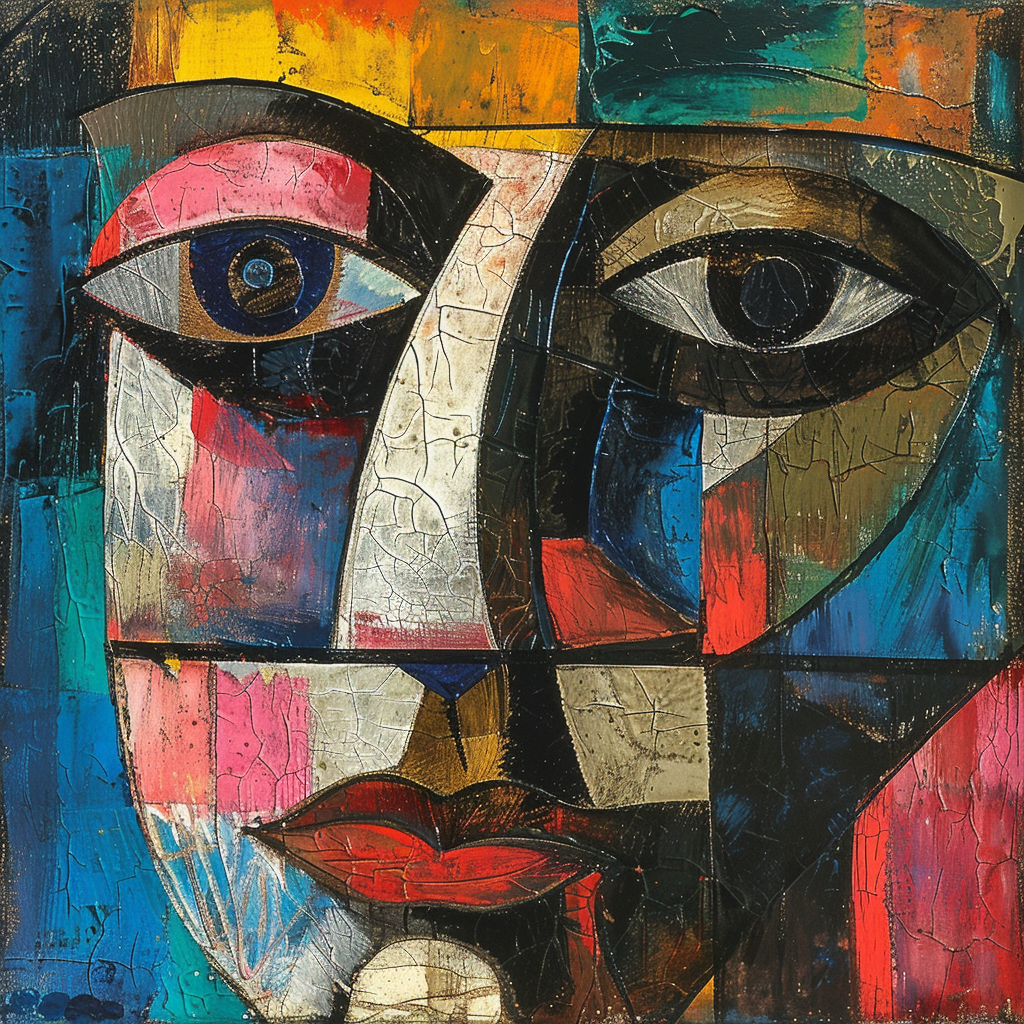Explores how a painting doesn’t have to resemble an object to be representational, using Picasso’s cubist work and philosophical discussions to demonstrate that painting is a creative act that reorganizes and gives meaning to reality rather than simply imitating it.
Reflections on painterly representation
The year before Picasso painted ‘ The Ladies of Avignon,’ which marked the advent of cubism, he had painted the poet Stein, and people were surprised when they saw the finished painting. The portrait did not resemble her. In response, Picasso is said to have said, “It will be like her in the future.” This episode provides an opportunity to think about pictorial representation on both an art historical and philosophical level.
Painterly Reproduction and Cubism’s Experiments
To understand how a painting that does not resemble an object can be a representation of the object, we must first consider the artistic experimentation of Cubism, centered around Picasso and Braque, and the art historical currents that made it possible. Renaissance painters used perspective to create realistic paintings that were like “windows to the world”. It was this realism that the Impressionists, who are credited with starting modern painting, consciously pursued. They considered all objects as reflections of light and made it their goal to paint them as they appeared to the retina. Anything that caught the light could be the subject, and things like the object’s inherent color were denied. Monet’s series of midges, painted differently depending on the conditions of the sunlight, is an example of this.
Cézanne, however, disagreed. “Monet is only an eye,” he said, and he believed that realism in painting is achieved by getting closer to the essence or reality of an object, which can reveal ‘the thing’ rather than its appearance as an accidental impression. If you look at a bowl of fruit or an apple painted by Cézanne, most of the shapes are much simpler than in real life, surrounded by unnatural outlines that are not seen in Monet’s paintings, and even the perspective is not correct. This shows Cézanne’s concern to capture the apple in a way that would better reveal its existence, rather than the haphazard way it was reflected on the retina at one moment in time.
Cubism took this idea a step further. Cubism took this idea a step further by combining multiple views of an object into a single painting in order to reveal its reality. Although Stein’s portrait is not a full-fledged cubist painting, it can be seen as a work that reflects the interest in reproducing reality that led from Cézanne to cubism.

A philosophical discussion: the meaning of likeness
The question remains, however, what is meant by the phrase “to resemble”? In fact, many years later, as Picasso predicted, people eventually realized that Stein’s portrait resembled her. How was that possible? To explain this, we need to discuss the philosophical dimensions of pictorial representation, and Gombrich and Goodman’s theory is noteworthy.
They argue that there is no such thing as a “pure eye” that sees an object “as it is,” and therefore there is no objective realism, and that realistic paintings are simply paintings that follow a system of representation familiar to a culture or individual. According to this theory, our perceptions are organized and influenced by our customs, culture, belief systems, and background knowledge. For example, if we have prior knowledge about an artist and their work, these beliefs will influence how we perceive the work. If this is true, then in the case of Picasso, our knowledge that “this is a portrait of Stein by Picasso” would have shaped our perception in such a way that we would eventually notice the resemblance between the painting and the real thing. Whether realism is relative to the system of representation is a matter of debate, but it is possible that this insight into the nature of pictorial representation underlies Picasso’s enigmatic answers and confidence.
The nature of pictorial representation
Picasso’s statement that “it will become like” was not just a prophecy; it was an insight that led to a new understanding of the relationship between painting and object. It suggests that painterly reproduction is not just about drawing what you see in front of you, but about capturing the essence and meaning of an object. This is not just an episode in art history, but raises deep philosophical questions about how art reflects and constructs reality. The process by which we come to see and understand the world anew through a work of art is intertwined with the process by which it becomes familiar to us. The fact that Picasso’s painting resembles Stein over time is the result of an interaction between the way we look at it and the way we understand it. This shows that art is not just an imitation of reality, but a creative act that reorganizes reality and gives it meaning.
 I’m a blog writer. I want to write articles that touch people’s hearts. I love Coca-Cola, coffee, reading and traveling. I hope you find happiness through my writing.
I’m a blog writer. I want to write articles that touch people’s hearts. I love Coca-Cola, coffee, reading and traveling. I hope you find happiness through my writing.